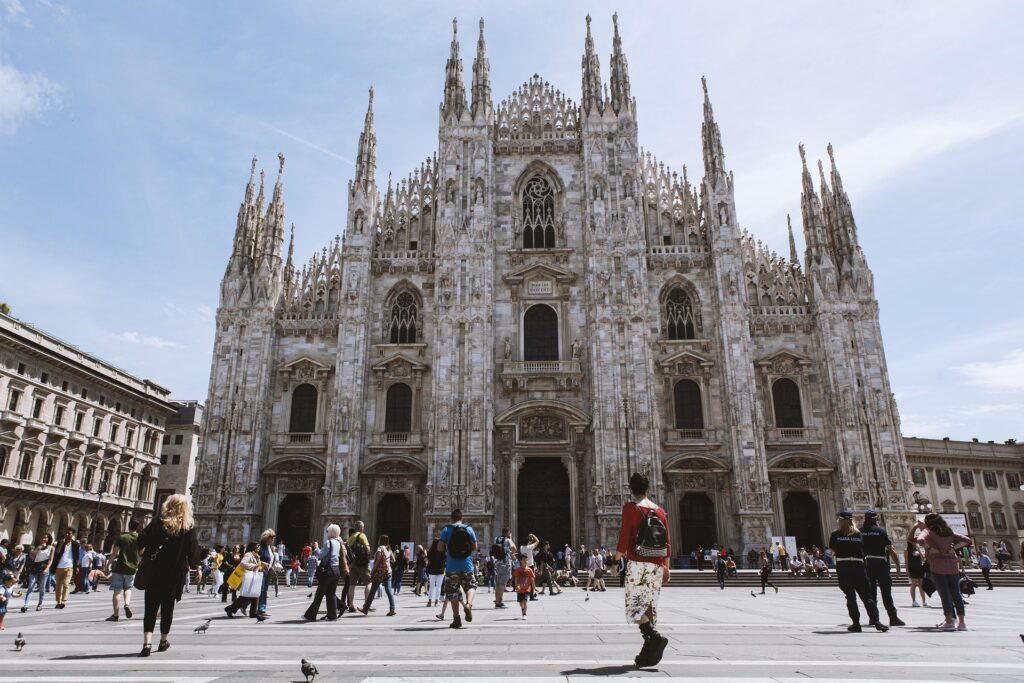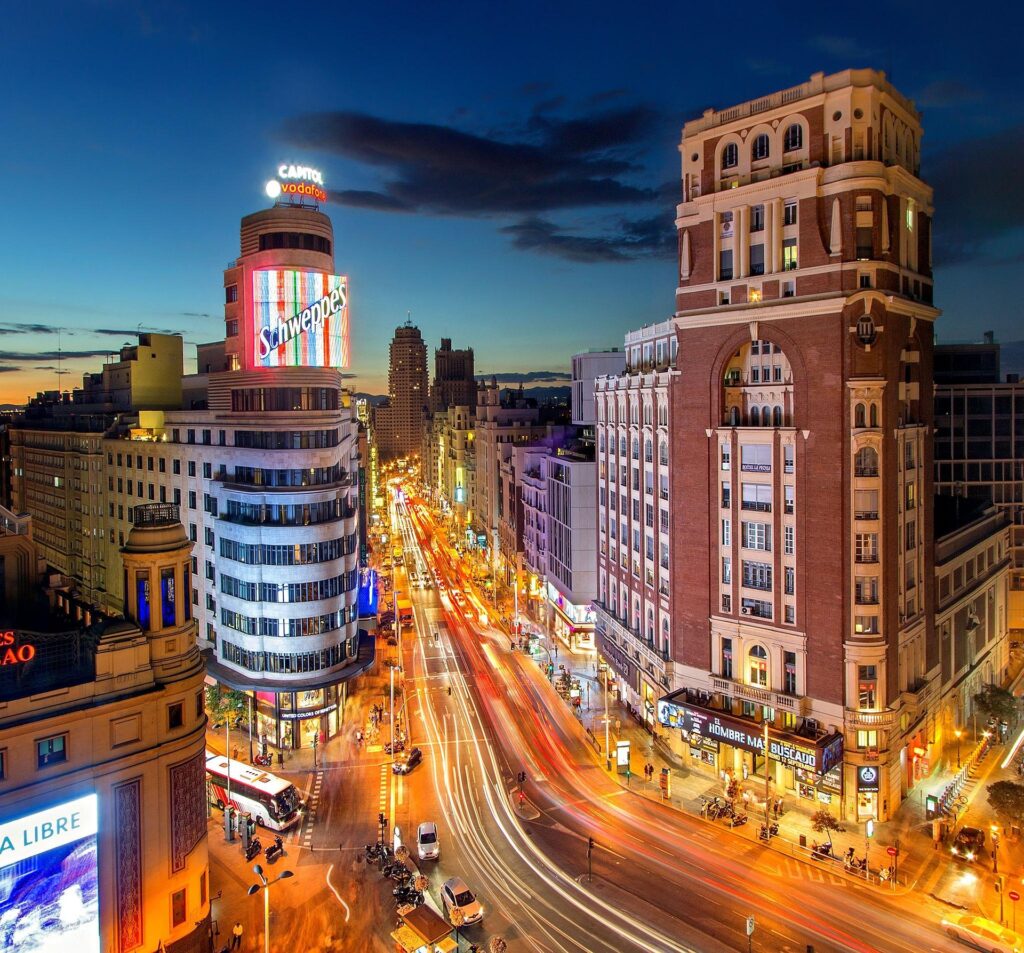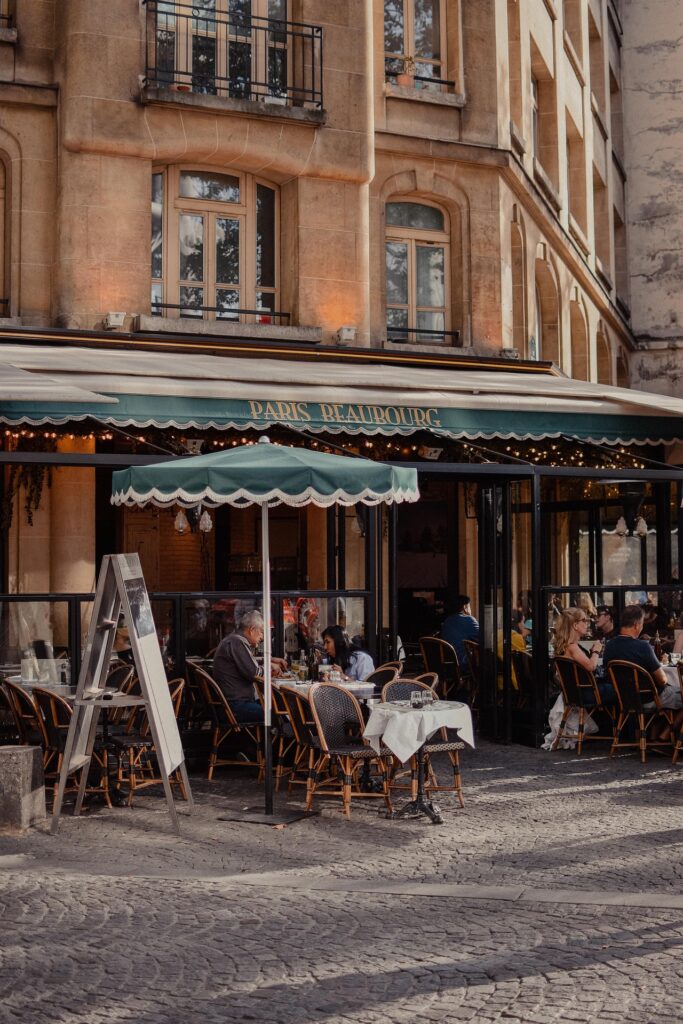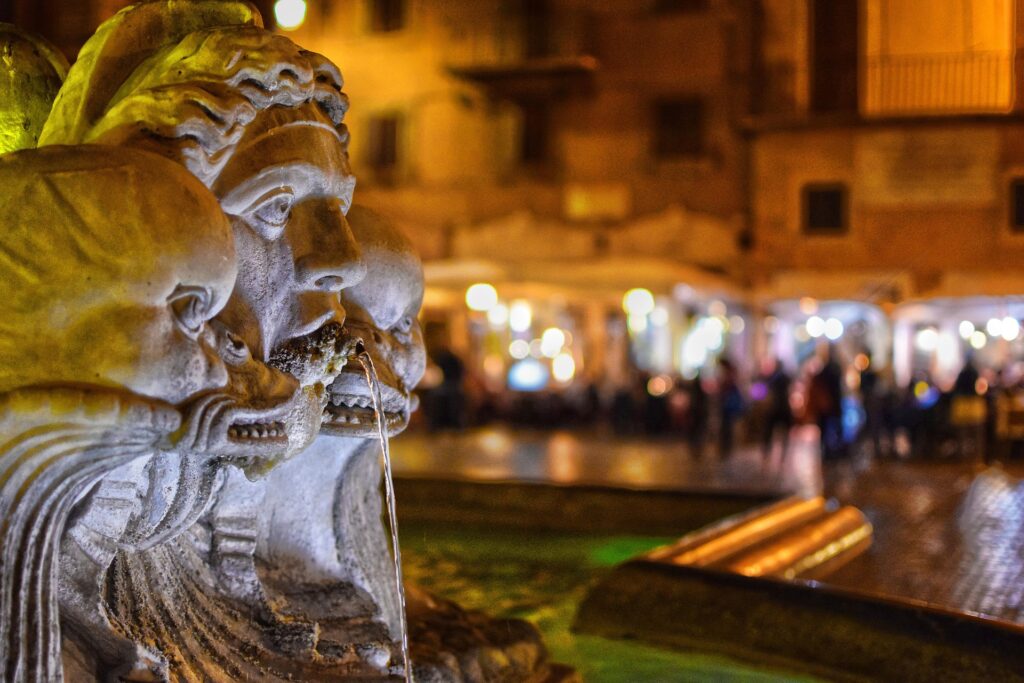Trip on a Budget in 2025
Last summer, I tossed a worn-out backpack into the overhead bin of a Ryanair flight and set off on a whirlwind adventure across Europe. I had a shoestring budget, a dog-eared notebook, and a dream to see as many cities as I could without selling my soul to credit card debt. Spoiler: I made it work, hopping from Amsterdam’s canal-lined streets to Budapest’s thermal baths and Rome’s ancient ruins, all while keeping my wallet (mostly) happy. If you’re itching to plan your own “multi-city Europe trip 2025” without breaking the bank, let me share the lessons I learned, the shortcuts I found, and the moments that made it unforgettable. This is your “budget travel Europe” guide, told through the eyes of someone who’s been there, spilled coffee on their map, and still found their way.
The Spark: Why a Multi-City Trip?
I’d always dreamed of Europe—not just one city, but a tapestry of them. I wanted to sip stroopwafel-flavored coffee in Amsterdam, devour goulash in Budapest, and twirl spaghetti in Rome, all in one trip. In 2025, Europe’s more connected than ever, with budget airlines, high-speed trains, and apps that make planning a breeze. Tourism stats say over 700 million people visited Europe in 2023, and with new sustainable travel options, 2025 is perfect for stitching together your own adventure. My six-city, three-week trip cost me under €2,000, including flights, hostels, and too many gelatos. Here’s how you can do it too.
Step One: Dreaming Up Your Itinerary

Sitting in my cramped apartment, I scribbled a list of cities: Amsterdam, Paris, Budapest, Vienna, Florence, and Rome. Why? Amsterdam for its quirky charm, Paris for its romance, Budapest for its affordability, Vienna for its music, Florence for its art, and Rome for its history. My advice? Pick 4-6 cities that speak to you, balancing pricey spots (like Paris) with budget-friendly ones (like Budapest). Aim for 3-4 days per city to avoid rushing.
Tip: Use Google Flights’ “Explore” tool to find cheap routes. I snagged a €25 flight from Amsterdam to Paris by booking six months early. Search “cheap flights Europe 2025” for deals, and be flexible with dates.
The Art of Getting Around Cheaply
My first leg was a budget flight to Amsterdam. I packed light—a carry-on to dodge Ryanair’s €40 baggage fees—and landed at Schiphol with a grin. For intra-Europe travel, trains are your friend. I bought a 7-day Eurail Pass (€283) for unlimited rides across countries. The train from Paris to Budapest was a 14-hour overnight adventure, saving me a night’s accommodation. Watching the Alps roll by at sunrise? Worth every cent.
Hack: Book high-speed trains (like TGV) early on Omio for discounts. Buses like FlixBus are even cheaper—my Vienna-to-Florence ticket was €35. Check “Europe train travel 2025” for updated schedules.
Where to Crash Without Cash

Hostels saved my budget. In Amsterdam, I stayed at ClinkNOORD, a hip hostel with a €30 dorm bed and free walking tours. In Paris, I splurged on a €60 Airbnb studio in Montmartre, cooking pasta to save on meals. Budapest’s Maverick Hostel had cozy vibes for €20/night, and in Rome, I found a guesthouse near Termini for €40. Always book via Hostelworld or Booking.com, filtering for “budget hotels Europe 2025.”
Pro Tip: Look for hostels with kitchens. I saved €50 a week buying groceries at Lidl instead of dining out every night.
Eating Like a Local (Without the Price Tag)
Food was my obsession, but restaurants add up fast. In Amsterdam, I grabbed stroopwafels (€2) from Albert Cuyp Market. Paris had me hooked on €5 baguette sandwiches from boulangeries. In Budapest, I joined locals at Karaván Street Food for a €4 langos (fried dough with cheese). Florence’s Mercato Centrale offered €6 pasta dishes, and in Rome, I devoured €3 pizza slices at Pizzarium.
Money-Saver: Use Too Good To Go for discounted surplus meals. I scored a €4 bakery box in Vienna with enough croissants for two days. Search “cheap eats Europe 2025” for local market tips.
Seeing the Sights Without Spending a Fortune

Europe’s cities are packed with free or cheap attractions. In Amsterdam, I wandered Vondelpark and caught a free canal-side concert. Paris’ Notre-Dame (reopening 2025) has free entry, and I got into the Louvre for €17 by visiting on a Friday evening. Budapest’s Fisherman’s Bastion was free and offered epic views. Vienna’s Schönbrunn Palace gardens? Free. Florence’s Piazzale Michelangelo had jaw-dropping sunsets, no ticket needed. In Rome, I tossed a coin in the Trevi Fountain—free, unless you count my wish for more gelato.
Hack: City passes like the Paris Pass or Roma Pass bundle attractions and transport for savings. Check “Barcelona city pass 2025” or similar for your cities.
Blending In: The Local Vibe
Blending in made my trip special. In Paris, I learned to say “bonjour” before ordering coffee—it earned me smiles. In Budapest, I joined locals at Szimpla Kert’s ruin bar, sipping €2 beers. In Vienna, I rented a bike (€5/day) to cruise like a local. Simple phrases—“grazie” in Italy, “danke” in Austria—opened doors to friendly chats.
Etiquette Tip: Queue politely, greet shopkeepers, and don’t block sidewalks for selfies. Download Duolingo for quick language lessons.
Tech to Make It Easier
My phone was my lifeline. I used an eSIM from Airalo (€20/10GB) for navigation across all cities—no roaming fees. Citymapper helped me decode Paris’ metro, and Maps.me worked offline when my signal dropped in Florence’s alleys. For last-minute deals, I checked Secret Escapes for hotel discounts.
Integration Note: eSIMs like Keepgo (mentioned in our chats about your site) kept me connected without hassle. Perfect for travelers managing bookings on the go.

Budgeting and Staying Safe
I budgeted €80-120/day, covering hostels, food, and sights. ATMs like ING or Santander had low fees; I avoided airport exchanges. Europe’s safe, but I kept my wallet in a front pocket in crowded spots like Rome’s Colosseum. Dial 112 for emergencies, and check ETIAS visa rules for 2025 on the EU’s site.
Money Hack: Use Revolut for fee-free currency exchange. I saved €30 compared to traditional banks.
The Moments That Made It Worth It
The real magic wasn’t just saving money—it was the unexpected moments. In Amsterdam, a street violinist played as I biked along Prinsengracht. In Paris, I watched artists sketch in Montmartre at dusk. Budapest’s thermal baths felt like a warm hug after a long train ride. Vienna’s coffeehouses made me feel like a poet, Florence’s Duomo left me speechless, and Rome’s Pantheon under moonlight felt like stepping into history.
Planning Your Own Adventure in 2025
Start with a loose plan: pick your cities, book flights early, and mix trains and buses. Stay in hostels or Airbnbs, eat at markets, and seek free attractions. Be flexible—last-minute deals can save you hundreds. Most importantly, leave room for spontaneity. That random café in Florence or street performer in Vienna might be your favorite memory.
SEO Tip: Search “multi-city Europe itinerary 2025” for inspiration and deals on platforms like Viator.
Final Thoughts: Your European Story Awaits
My European adventure taught me that you don’t need a fat wallet to chase big dreams. With a bit of planning and a lot of curiosity, you can weave your own story across Europe’s cities in 2025. So grab your backpack, download that eSIM, and start sketching your route. The cobblestone streets, bustling markets, and hidden corners are waiting.
For more travel tales, check our destination guides or food tour experiences. Happy wandering!